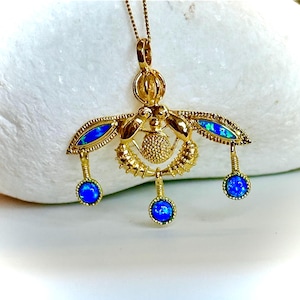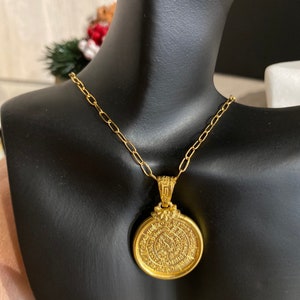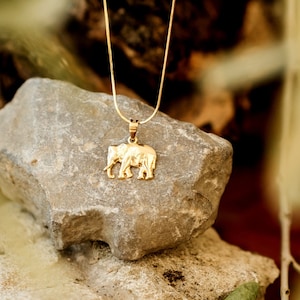
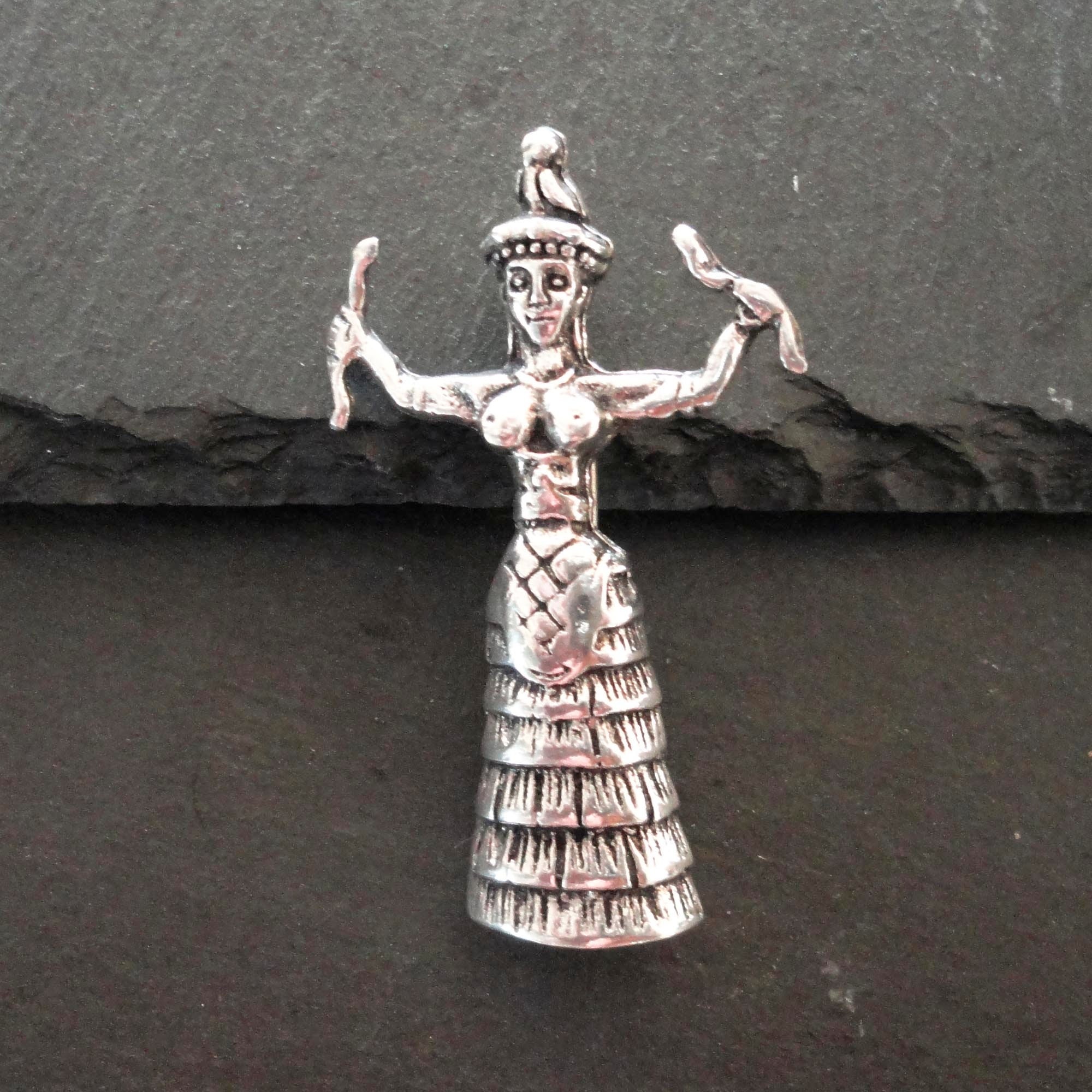
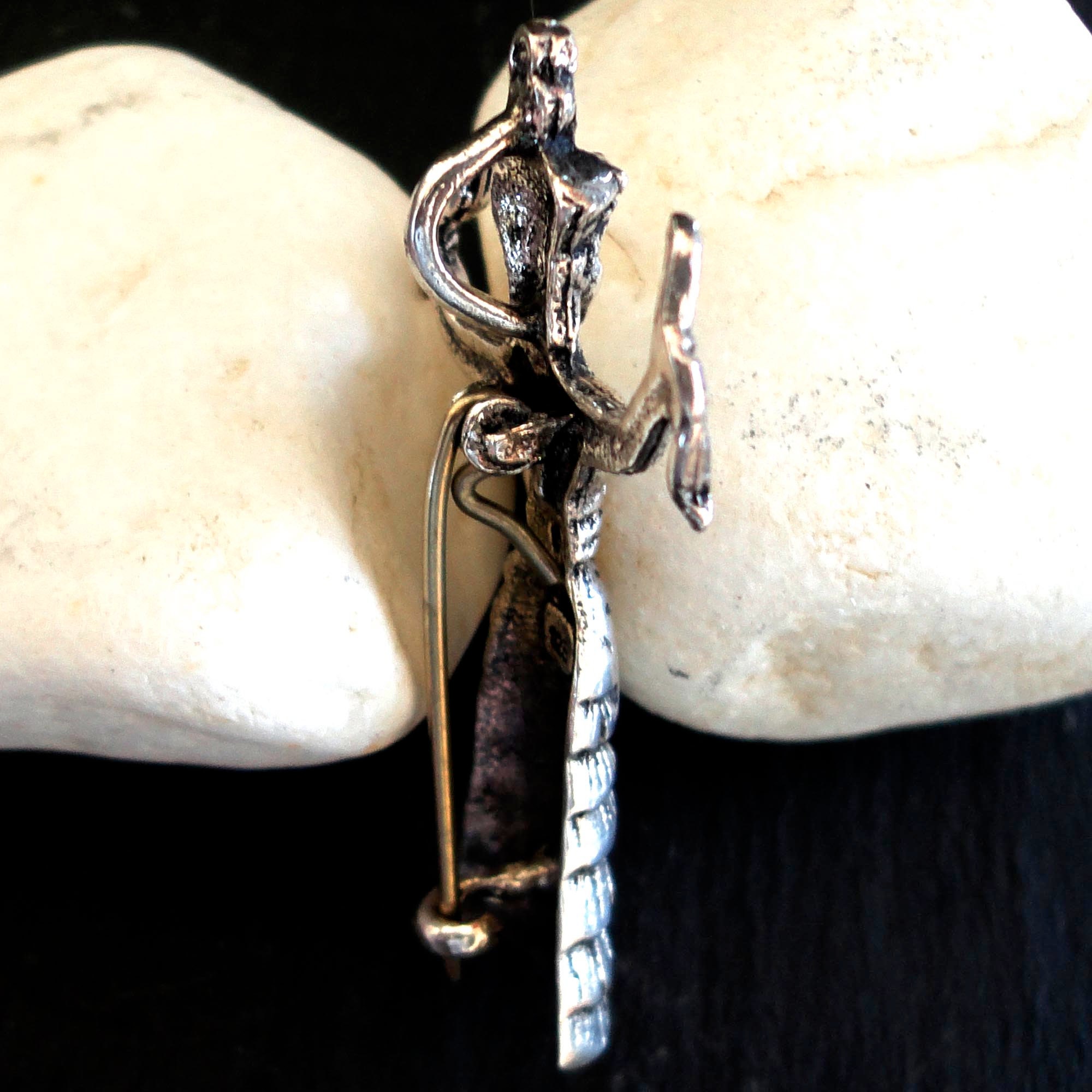
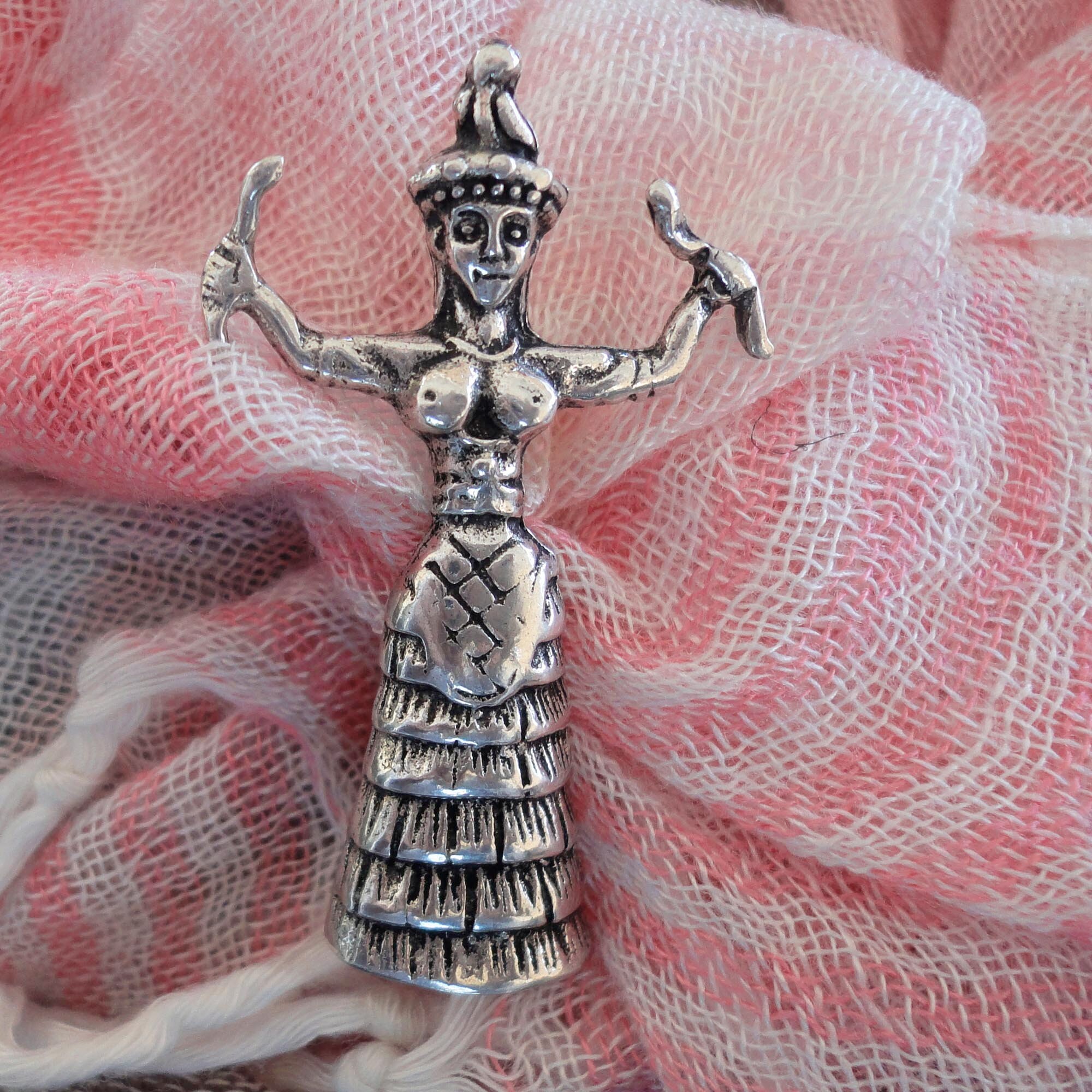
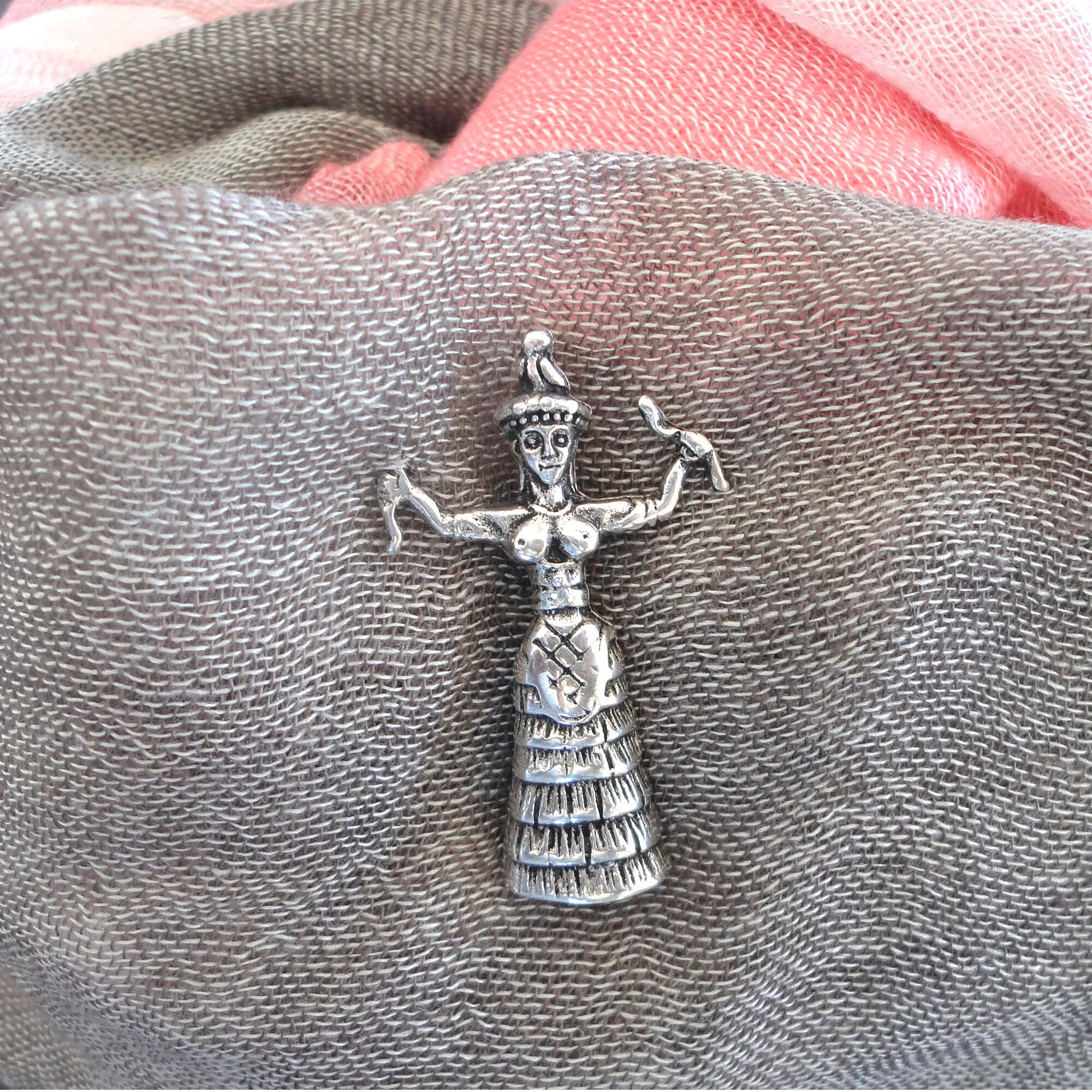
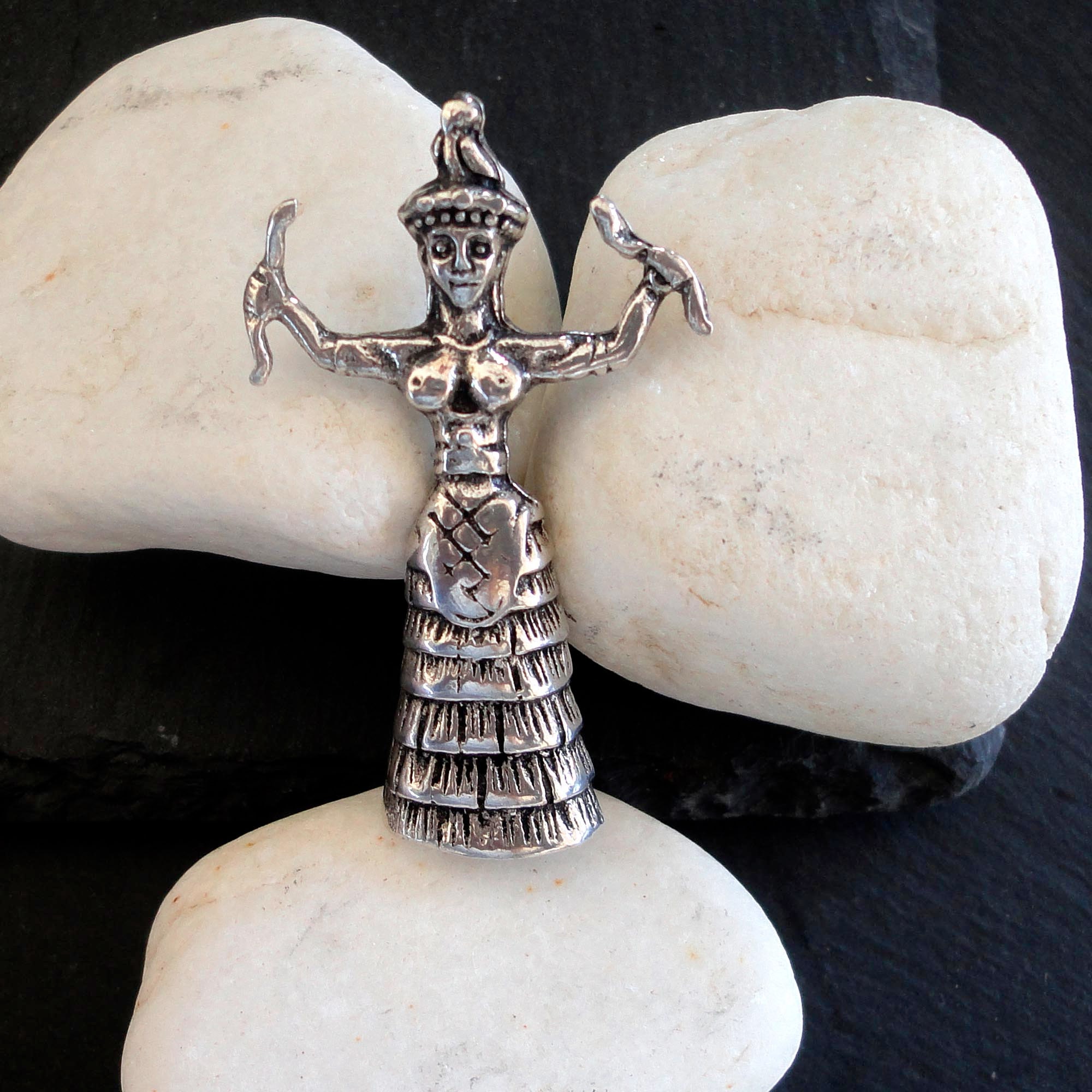
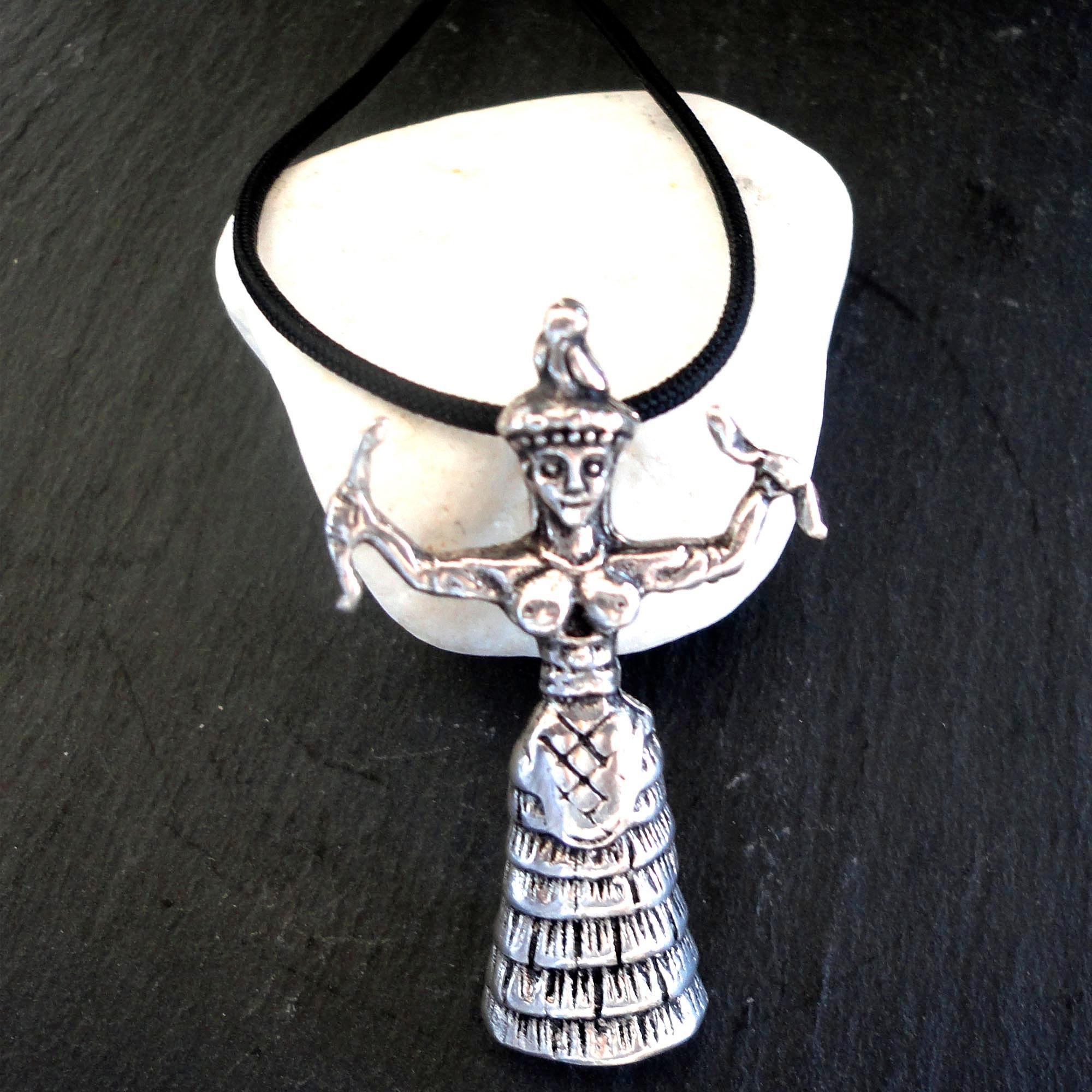
Greek Pendant-brooch Silver Goddess with Snakes,Snake Goddess Pendant, Minoan Goddess of Snakes,
$79.52
-
DetailsBuy an original Greek Pendant-brooch Silver Goddess with Snakes | Discover Greek Jewelry within a huge collection of Ancient Greek Jewelry | shipping worldwide
This amazing piece of jewelry is representing Snake Goddess Pendant. "Snake goddess" is a type of figurine depicting a woman holding a snake in each hand, as were found in Minoan archaeological sites in Crete. The first two of such figurines were found by the British archaeologist Arthur Evans and date to the Minoan civilization, c. 1700–1450 BCE. Symbol of birth, fertility, death and rebirth not only of human but also of the universe
Ancient Greek Jewellery, Greek Goddess with snakes, fertility goddess, Museum Jewelry, Ancient Greece, Crete civilization
***Size
Height 5cm
Width from snake to snake 2.5cm
***Materials
Made of silver 925.An excellent gift for women and also for grandmother's who love to wear brooch with scarfs.
***You can also choose with cord. The cord is made of kaoutsouk and black fabric. The length of the cord is 60cm (23.62 inches ). Or we can make it any size you want.
Make them into a beautiful set with the matching Phaistos pendant and rings.
Visit my Home page:
https://www.etsy.com/shop/AntiqueSaloon?ref=seller-platform-mcnav
View more products on my Festos section
https://www.etsy.com/shop/AntiqueSaloon?ref=seller-platform-mcnav§ion_id=27933866
***Processing time
I will ship this product within 5 days after ordering
***Estimated Shipping
I ship either with the Greek Post or DHL
Greek post usually make 5 to 10 days
DHL arrival is next day (cost more)
***"Snake goddess" is a type of figurine depicting a woman holding a snake in each hand, as were found in Minoan archaeological sites in Crete. The first two of such figurines (both incomplete) were found by the British archaeologist Arthur Evans and date to the neo-palatial period of Minoan civilization, c. 1700–1450 BCE. It was Evans who called the larger of his pair of figurines a "Snake Goddess", the smaller a "Snake Priestess"; since then, it has been debated whether Evans was right, or whether both figurines depict priestesses, or both depict the same deity or distinct deities -
Shipping & Policies
Shipping from Greece
Processing time
1-2 business days
Estimated shipping times
- North America : 5 - 10 business days
I'll do my best to meet these shipping estimates, but can't guarantee them. Actual delivery time will depend on the shipping method you choose.
Customs and import taxes
Buyers are responsible for any customs and import taxes that may apply. I'm not responsible for delays due to customs.
Payment Options
Returns & Exchanges
I gladly accept returns, exchanges, and cancellations
Just contact me within: 14 days of delivery
Ship items back to me within: 30 days of delivery
- Custom or personalized orders
- Perishable products (like food or flowers)
- Digital downloads
- Intimate items (for health/hygiene reasons)
- Items on sale
Conditions of return
Buyers are responsible for return shipping costs. If the item is not returned in its original condition, the buyer is responsible for any loss in value.
Questions about your order?
Please contact me if you have any problems with your order.
Privacy policy
1) I follow all regulations about private information. I will not share any of your private information.
If you wish that I delete all your personal information, please inform me in my personal e-mail michaela_niss@outlook.com (oblivion right)
2) I follow all EU regulations concerning returning products within 14 days. Objects that are intimate cannot be returned.
